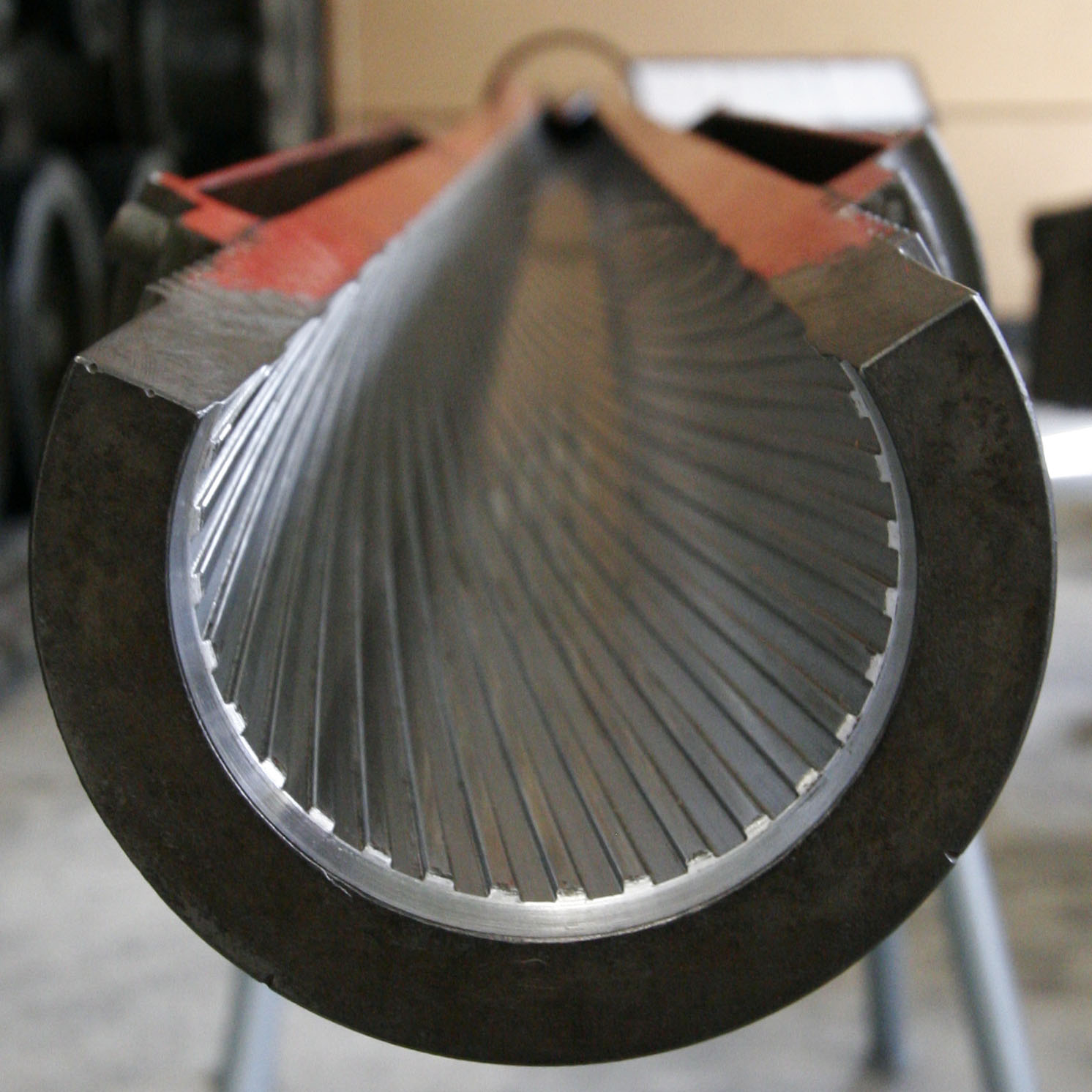AR Twist Rates Explained
Rifling or ‘twist’ is now an integral part of a gun barrel, and it is a feature that can have a profound effect on your shooting accuracy.
Most rifling is created by either, cutting one continuous groove at a time with a special tool, cutting all grooves in one pass with a special progressive broaching bit, pressing all grooves at once with a tool called a “button” that is pushed or pulled down the barrel, or forging the barrel over a mandrel containing a reverse image of the rifling. All of these methods create a smooth impression on the inside of the barrel.
The machining-in of a slight helical feature along the inside of a barrel imparts torque on the bullet, gyro-scopically stabilizing the projectile via conservation of angular momentum physics, and improving its aerodynamic stability and accuracy of it. This is often referred to as the ‘twist rate’ and different twists are the driving force behind the stability and longevity of your bullet path. The twist design of you rifle can have a significant impact on fundamental factors like velocity, bullet diameter, bullet weight, shape, and even weight distribution within the bullet itself while in flight.
This combination of factors determines the twist rate needed to stabilize the projectile. Gun barrels intended for small, large-diameter projectiles like spherical balls require only a very low twist rate whilst gun barrels intended for longer, small-diameter projectiles like bullets, such as the ultra-low-drag hunting and combat rifles utilize a much faster (tighter) twist rate.
Twist is usually referred to in terms of a whole bullet revolution over a distance to denote one entire spin in a length of ten inches of barrel. The cannon-type weapon referred to above would suffice with a twist of around 1:48 while a more refined weapons such as an assault rifle would have a twist of 1:9 or even 1:7, therefore imparting a much greater degree of accuracy on the round.
Longer and typically heavier bullets require a faster twist rate because they tend to be more inherently unstable in flight, while shorter, lighter rounds don’t need as much spin to stabilize so slower twist rate barrels work fine for those.
Where does this leave the AR10, which is chambered for a fairly hefty .308 round? Well, this is a fine rifle with a range of ammunition available so that means that there isn’t an optimum twist, but rather a series of barrels that suit depending upon your favorite-weight round or shooting style. Optimum twists for different bullet weights of round in the AR10 .308 breakdown as:
Bullet Weight Optimum Twist:
150-grain 1:15
168-grain 1:14
170-grain 1:12
220-grain 1:10
220+ – grain 1:8
This shows quite clearly that the heavier the round, the tighter the twist in order to maintain a straight and level trajectory for the greatest time. This doesn’t mean that you are restricted to certain weights of bullet based on the twist in your barrel, or that you need to routinely swap out barrels in order to get the most out of your AR10, but they represent the absolute ideal twist for each weight of bullet. But then you have a range of barrel lengths that are going to also become a deciding factor in the overall accuracy of your gun.
However, this is a slightly moot point because in practical terms there is no discernible difference in a 1/10 or 1/12 twist for anything up to 178-grain rounds, though you would see a noticeable improvement in stability with the 1/10 twist barrel if shooting anything over a 200-grain round.
So, all of this sounds pretty confusing when trying to select a combination of round and barrel to suit your style and needs. While there is no such thing as a standard AR10 – the rifle is a collection of weapons that generally includes the modernized descendants of the early SR-25 and LR308 – a great number of civilian shooters tend to go with a 1:10 twist and ammo in the 165 to 180 grain range. This offers good accuracy and final ballistics, making it a competent rifle for longer ranges.
The best advice is to try a range of AR10’s with different weight rounds and a selection of twists, and see if you can find one that suits you best.


